The world’s first self-charging energy device integrates supercapacitors and solar cells for efficient solar energy capture and storage.
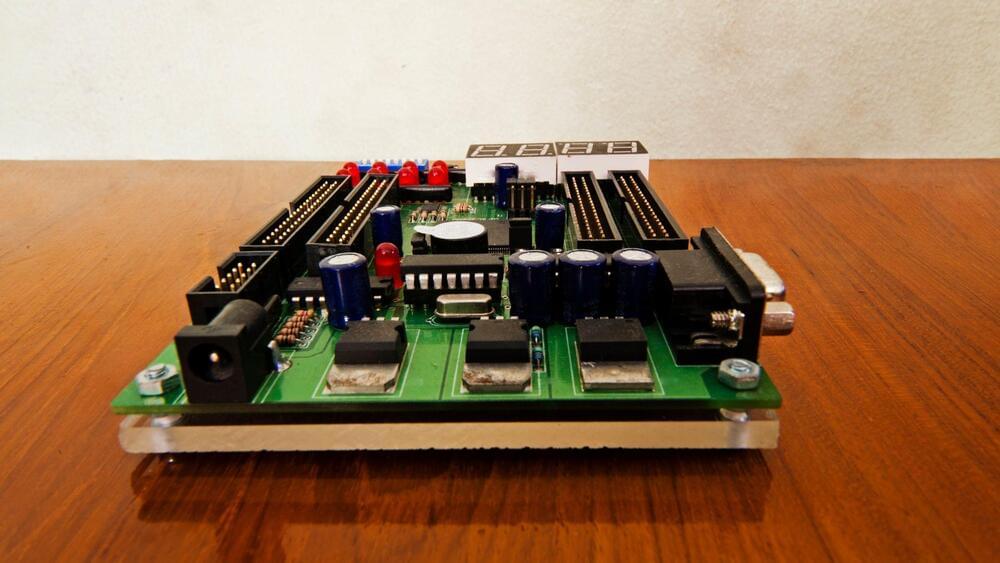

It could revolutionize electric vehicles and aircraft.



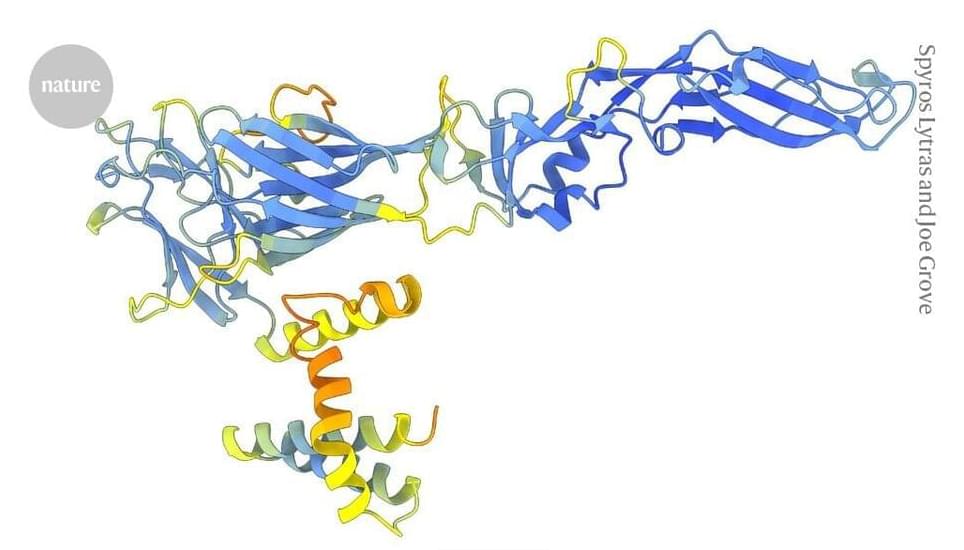
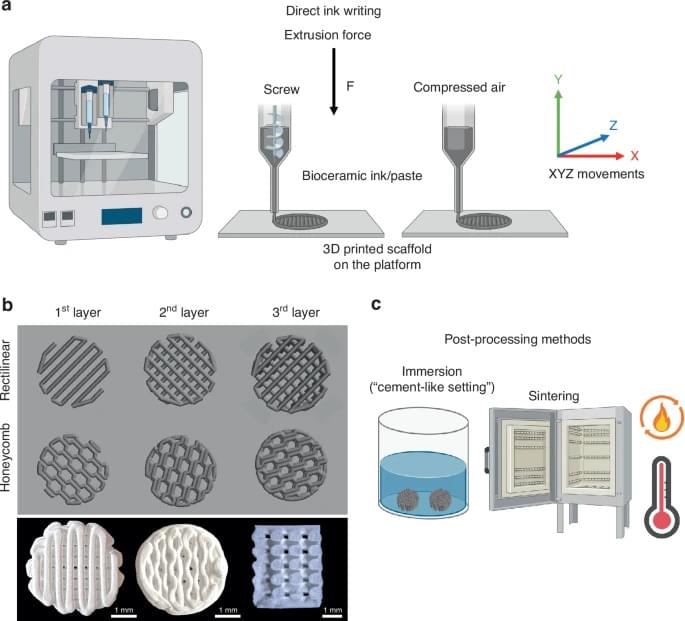
Researchers have unveiled a groundbreaking approach to facial bone reconstruction using 3D-printed ceramic materials that can be precisely customized to each patient’s needs. The comprehensive review, published in the International Journal of Oral Science, demonstrates how advanced manufacturing techniques are transforming the treatment of complex facial bone defects.
The traditional approach of harvesting bone from elsewhere in the patient’s body – long considered the gold standard – may soon give way to these sophisticated synthetic alternatives. These new materials not only eliminate the need for a second surgical site but can also be tailored to match the intricate anatomy of facial bones.
“3D printing enables the production of personalized grafts that perfectly fit the bone defect,” explains Marco C. Bottino, one of the study’s lead researchers. The technology allows surgeons to create exact replicas of the desired bone structure based on detailed medical imaging.
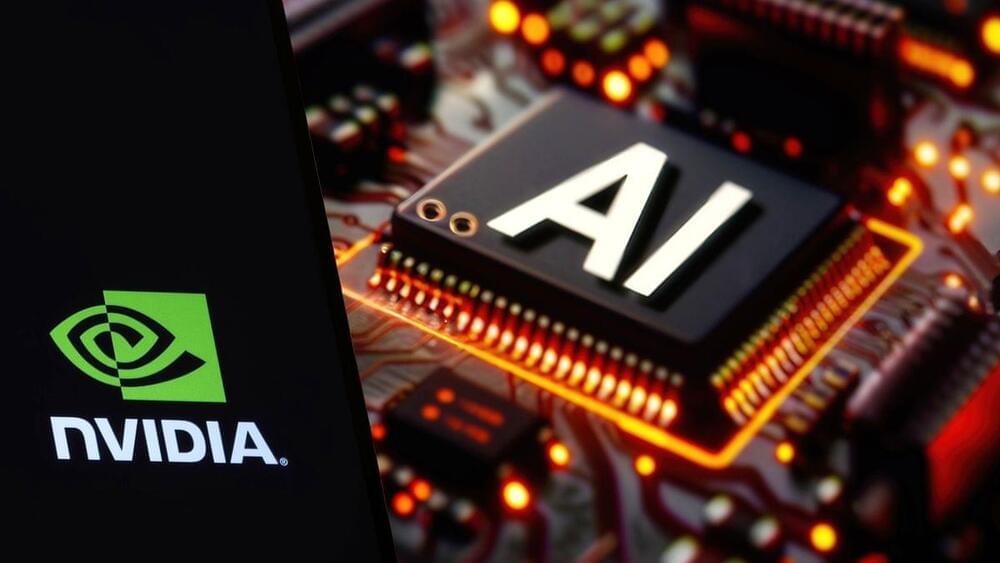
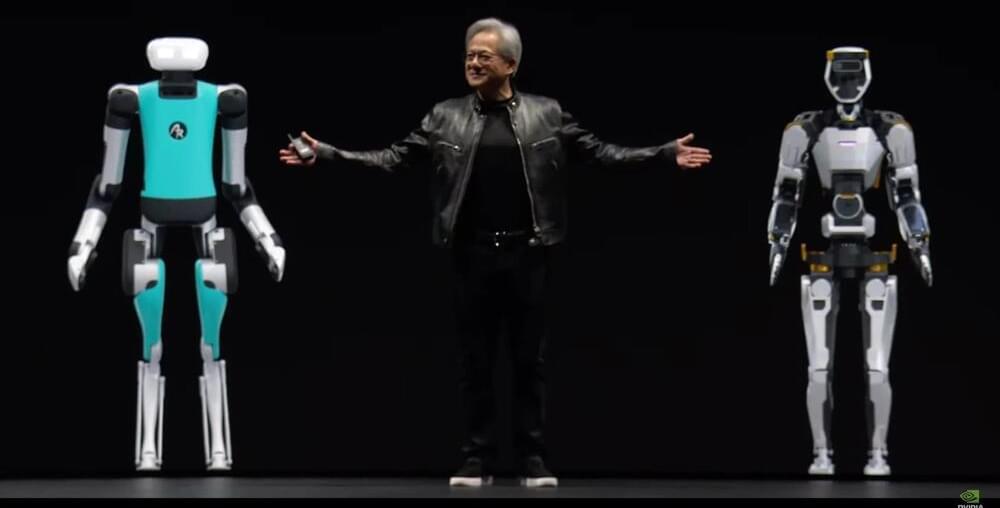
NVIDIA is set to accelerate its development of humanoid robots in the next year, as Team Green is preparing to release dedicated compact computers under the “Jetson Thor” series.
NVIDIA Is Prepared To Capitalize On The “Humanoid Robotics” Hype As The Industry Is Expected To Grow Up To $195 Billion By 2029
When we talk about how AI is going to evolve from hereon, the one discussion in everyone’s mind is automated robots, primarily since AGI has taken over the industry. Now, in a report by the Financial Times, it seems like the upcoming year will likely mark the next phase of the AI hype, where robotics will play a huge role in driving the markets further on. Team Green is rumored to introduce their next-gen “Jetson Thor” computing lineup in the first half of 2025, likely acting as a catalyst in the development of humanoid robots.
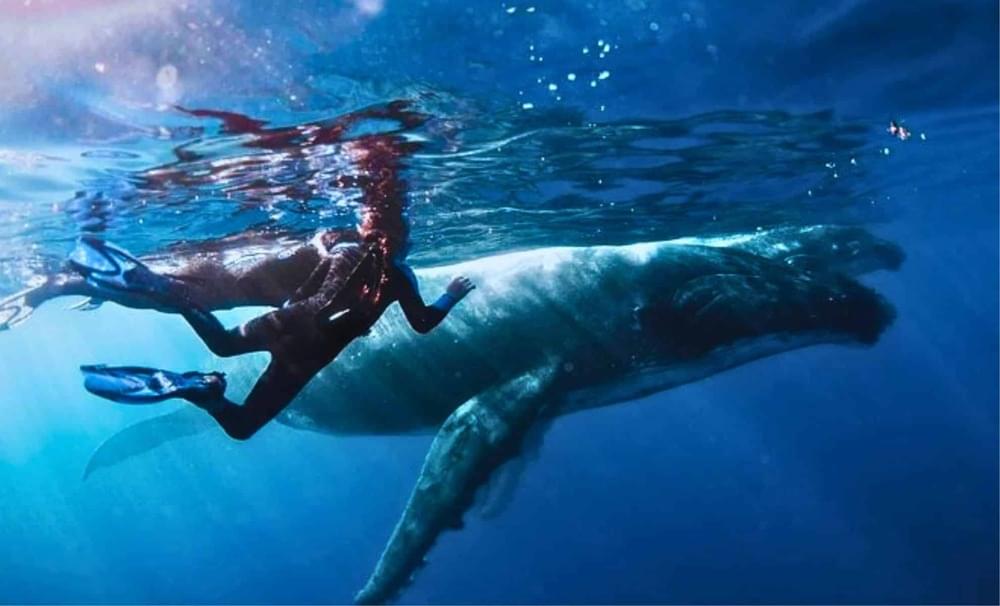
What if humans could truly talk to animals? Thanks to groundbreaking AI technology, researchers recently achieved something extraordinary—a 20-minute interaction with a humpback whale named Twain. But what exactly did this ‘conversation’ reveal? And how could it change the way we understand intelligence on Earth—and beyond? The answers may redefine our relationship with nature.